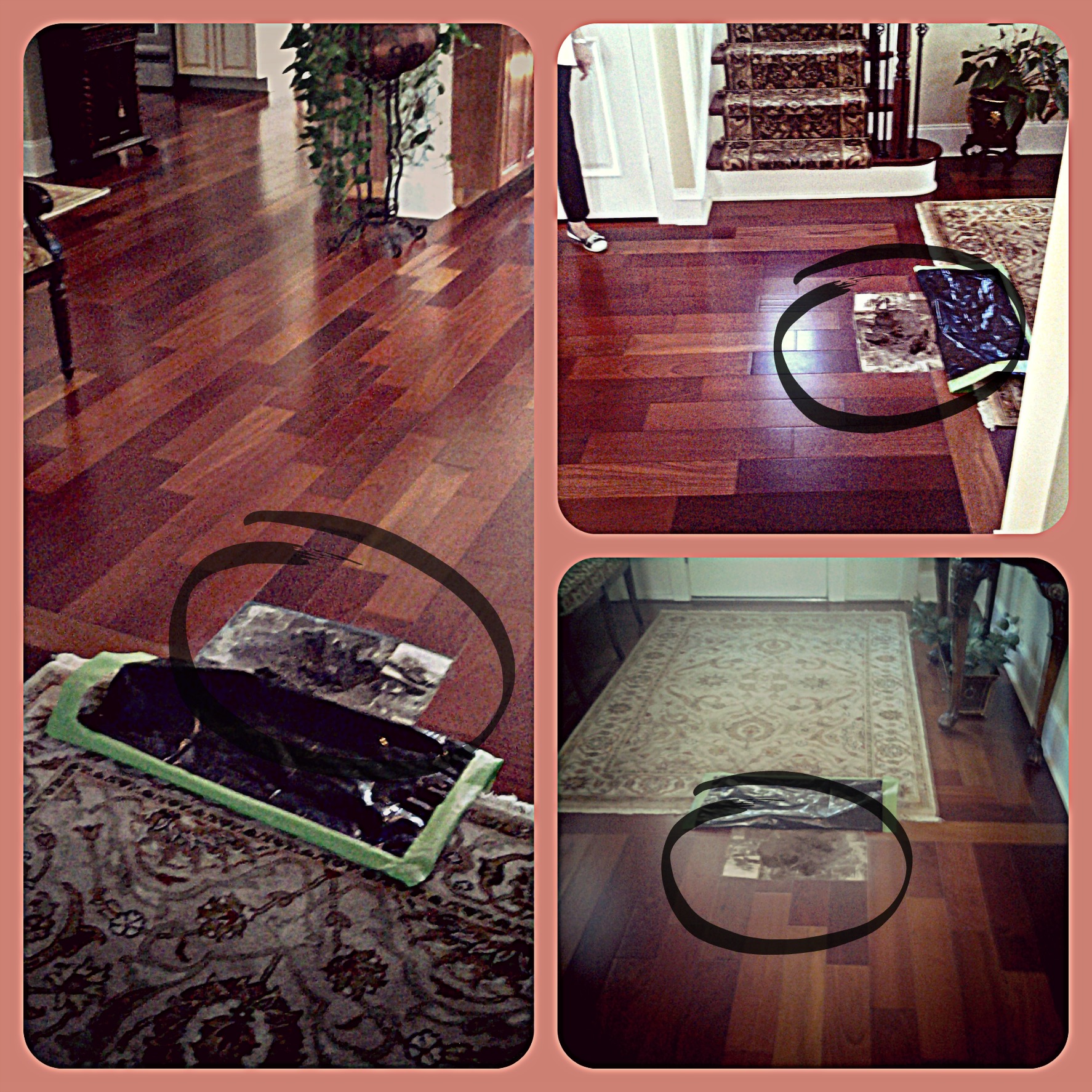Let’s consider this a short cautionary tale. Once upon a time, some very responsible homeowners, living in a lovely, newly built house, noticed something worrying on their utility bill. Though nothing had changed lately – they weren’t watering in acres of new sod or taking endless showers and baths – their water bill was, quite suddenly, really, really high. After checking all the usual suspects (no toilets were running all night, that kind of thing) they had no option but to consider that there must be a leak somewhere in the walls or under the foundation. Now, here’s where it gets tricky. Again, this is a 21st century house: the odds are strongly against broken pipes in the foundation or directly under the house. Alas, however, when experts were called in to investigate, which was absolutely the right thing to do, these same experts were convinced by their testing equipment that the leak was directly beneath some gorgeous cherry flooring in the living room. Uh oh! A contractor was recommended, who quickly came in, cut up the flooring, drilled and sawed through the foundation and found…nothing. No pipes. No leak.
Hmmm. Could this damage to the flooring have been prevented? And what about the expensive leak?
As it turns out, the leak was discovered during the next round of testing, and it was found exactly where such leaks are usually found, outside the house, in the ground, just inches away from the AC compressor. Some digging, some repairs, done.
Okay. What have we learned here?
This is an interesting case in that no one did anything wrong. A problem was detected, the right solution was sought, the proper people were called in to help. The only thing that was missing, perhaps, was a second opinion, or at least another round of tests. Remember that testing equipment has its limitations. It would probably have been prudent, once an unlikely source of the problem was under consideration, for the first contractor to have re-investigated the site. Equipment fails; readings can be inaccurate or plain wrong. Further investigation would have quickly revealed the true location of the problem – but, of course, this is easily said with the benefit of hindsight.
Our recommendation? If at all possible, get a second opinion before tearing up that floor or digging up your entire backyard. Don’t take down a lovely tree unless you are absolutely convinced there is no other solution. Get a few estimates on that roof repair.
One last thing. The specialists who made a wrong first diagnosis in this instance are honorable. This isn’t always the case, however, so be careful. There are negotiations underway about sealing the hole and replacing the floor; a simple patch will not do. Matching the grain, size and color of the original flooring is very difficult and expensive. All of this means more disruption, more mess, more money. So one more time: unless it’s a dire emergency, unless you know and trust the contractor, get that second opinion.
